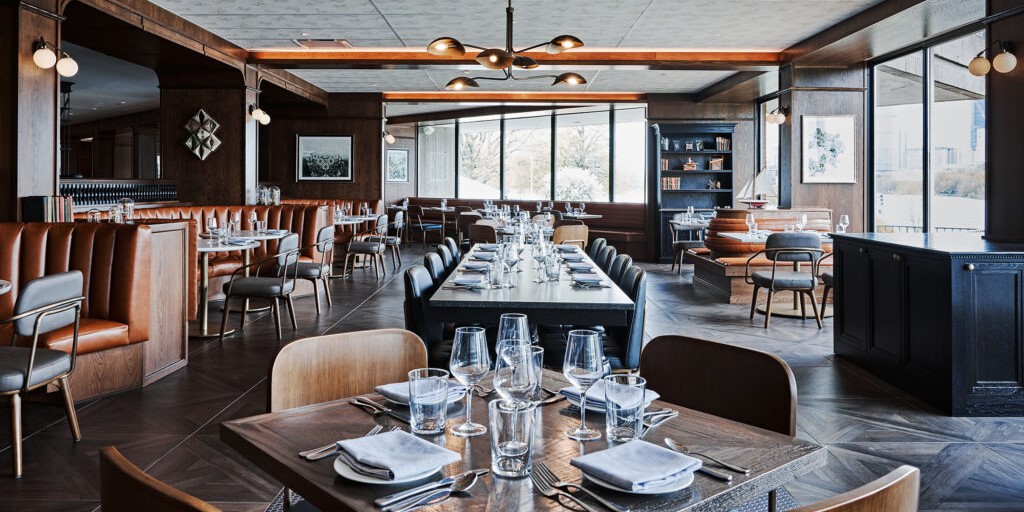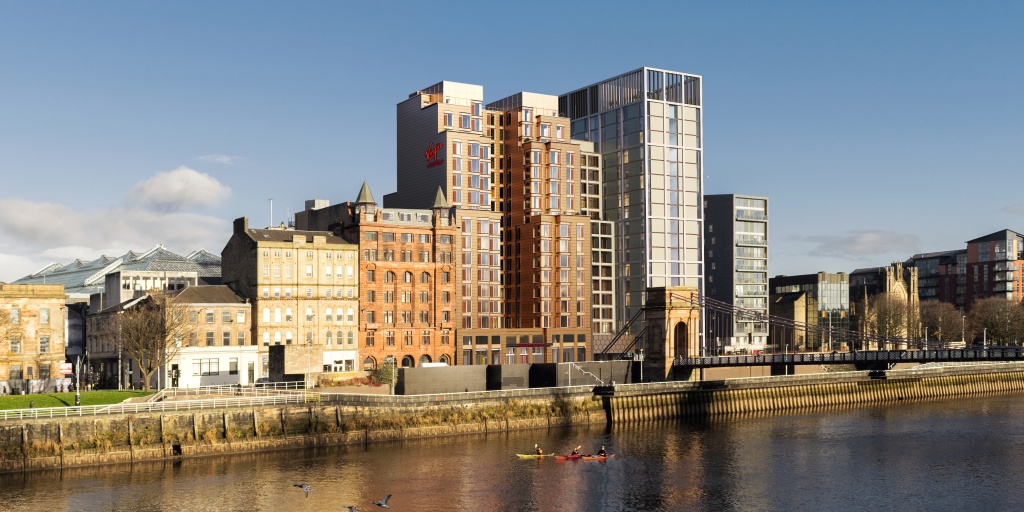SB Architects’ Stephen Albert sits down with our editor-in-chief Richard Frost to talk about how his role has changed as a result of Covid and his commitment to sustainable design.
Founded in 1960, Miami-headquartered architecture practice SB Architects is known for its involvement in high-profile hotel projects like The St Regis Longboat Key Resort and Residences in the Floridian beach resort of Sarasota, Pendry Park City in Utah and Amara near the Cypriot city of Limassol. London-based director of architecture Stephen Albert joined the firm in early 2020, having previously held the same position at Blink Design Group in Asia – before that, he spent nearly 25 years working his way up through the ranks at Honolulu-based WATG.
Can you tell me about your role within SB Architects?
I joined SB Architects in early 2020 but by the time I got to Miami in March, everything was starting to lock down and close because of Covid, so I came back to London. And SB Architects said ‘look, just front us in London instead’.
I’m happy to stay and operate from London now, rather than the US. We have a lot of work in Europe – not so much in the UK yet, but we’d like to change that. And we’re really establishing our presence in London to support the European market, the Middle East, Africa and anywhere else that wants to work with us.
How has SB Architects coped with the challenges of the last couple of years?
I wasn’t sure what was going to happen because of the economic climate with Covid, but actually we’ve been busy throughout the whole period.
Although many projects haven’t moved forward as fast as we’d originally thought, a lot of potential schemes have been bubbling away. We’ve done a certain amount of conceptual work to keep them progressing.
How is hotel design evolving as a result of Covid?
The idea of biophilic design is even more important now because people want to feel healthy.
While the idea of indoor-outdoor living has always been key to resort experiences, we’re increasingly seeing it in urban environments too. In London, for instance, everyone’s desperately trying to find outdoor space. Before, people would just stay indoors – unlike the rest of Europe, which has historically been much better at embracing the al fresco concept.
Is there scope for hotels to capitalise on the rapid rise of remote working?
Yes, very much so. I’ve been to a few conferences recently and one of the topics that keeps coming up is the idea of workcations.
You can work in a lovely resort, for example, but go for a dip in the pool for half an hour to refresh yourself, revitalise and clear your mind a bit, and then get your laptop out and go back to work in a coworking area as part of a lobby experience. You’re away from your normal lifestyle, but you’re still able to operate, albeit in an inspiring location.
We’ve all realised how easy it can be to work remotely – you don’t have to be in an office the whole time.
How important is sustainable design to you personally?
I think every designer, no matter what their discipline, has to take responsibility for thinking about sustainability – it’s becoming more and more critical.
The hospitality industry is actually responsible for more than 1% of carbon emissions. So we need to curb that and do our bit to stop global warming as we’re very close to all these tipping points. We have to do our best to avoid these planetary systems failing and breaking down, which would be a catastrophe.
How can hotel designers help create net-zero projects?
To a certain extent, every development has an impact on carbon emissions, but we can minimise this by designing responsibly. Understanding how a hotel operates is key – a lot of designers will say they can design anything from a hotel to a museum or an airport, but if they don’t understand the operational side, they’ll create something that’s inefficient.
Then in terms of materials, obviously, that’s key to what we specify as designers. I’m very interested in new materials like chitin from crustacea, insects and spider silk. We can also source materials locally and keep out solar gain by having good overhanging glazing.
To what extent can modular design play a role?
Modular design is an interesting one.
We’re seeing more and more hotels designed that way because of the high degree of quality control you get in the factories. And also because they’re quick to erect onsite.
How do you decide which design firms to bring in on projects?
A lot of my career was spent in London before I went to Hawaii, so I still have plenty of contacts there. And I’ll automatically turn to those design teams I’ve most enjoyed working with in the past.
Also, new design firms have emerged during my time away, and a number of those involve ex-WATG people who have gone on to set up their own companies. Like Suited Interior Design, with Shelley Reiner at the helm, which is doing some very nice work.
I guess a lot of it is about relationships, being confident they’re going to deliver good design, and knowing they’ll be the right fit for the kind of project I’m working on.
What would be your advice to the next generation of hotel designers?
If they’re a student who wants to go into hospitality design, they’ve got to have a passion for these kinds of buildings.
They should also think about the experience they’re going to create because offering a great resort is not just about providing a great building or a great night’s sleep. If guests are enjoying the experience, they’re going to spend more time at the resort.
Delivering that experience and ensuring guests have a really positive time is key.

Related Articles

SB Architects is an international architecture and design practice with offices in San Francisco, Miami and Shenzhen.
Error, group does not exist! Check your syntax! (ID: 3)





